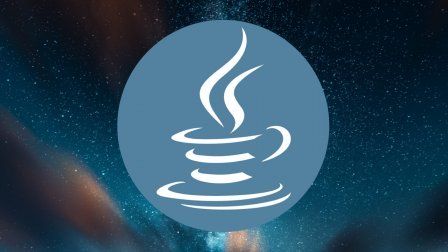Beginning Java using NetBeans by Murach uses the NetBeans IDE to thoroughly study every facet of Java. There are five parts in the book. In the first chapter, Java and NetBeans are briefly introduced. You’ll discover how to develop Java code, including how to use classes and methods. You will discover in Chapter 4 how to create your own methods and classes in detail.

In Chapter 5, you will discover the procedures needed to structure an object-oriented program. The method of evaluating and debugging a software program is covered in the last chapter of section 1.
With the use of code examples, Section 2 covers how to use basic types, operators, strings, arrays, and control statements. A thorough explanation of how to use inheritance, user interfaces, inner classes, enumeration, and documentation is given in the section 3 chapters.
The use of collections, generic drugs, lambdas, data, and time are all examined in Section 4. Along with working with input or output and threads, you are also going to learn the procedures needed to handle exceptions.
In part 5, you are going to discover the procedures for using the MySQL database, including JDBC. The construction of GUIs using Java Swing is covered in the last two parts on section 5. The book has two appendices that discuss various facets of installing Java on Windows as well as on OS X.
Each chapter concludes with a viewpoint section and a bulleted summary. The writers’ presentation of the summary was excellent, in my opinion. The information will be accessible to readers instantly.
The comprises numbered practice questions that direct you to carry out certain tasks. To complete the activities as instructed to the last stage, you must read each line. These questions, in my opinion, will aid pupils in swiftly absorbing information.

You must obtain samples from the publisher’s official website to be able to complete the activities. Additionally, Murach offers an instructor CD that includes PowerPoint slides, MCQs, and other materials.
I’d like to have a separate book on utilizing Java to create mobile applications. Developers who understand the fundamentals of Java programming will find the book to be of great use. Since the authors looked at the concepts using NetBeans, complete beginners will find it challenging. However, once they have a foundational understanding of Java, they shall be able to use the book.
Beginning Java with Canvas by Murach Publishers is unquestionably a great resource for students. The book may be used by instructors to provide instruction. Additionally, businesses can keep an example of the source material on hand for reference.